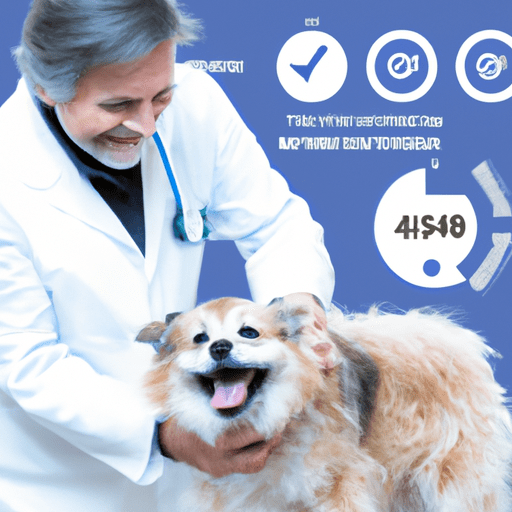Introduction
As a dedicated caregiver to your furry friend, I know you strive to ensure their optimal health and happiness. Among the many responsibilities that come with pet ownership, understanding the complexities of canine health is paramount. One such complexity, often overlooked, is the issue of anal gland expression in dogs. This topic may sound peculiar, but knowing about it will contribute significantly to your pet’s well-being.
Understanding Anal Glands and Their Purpose
Anal glands, also known as anal sacs, are two small pouches located on either side of your dog’s anus. These glands produce a distinctive, often pungent, fluid that dogs use to mark their territory. In a perfect world, these glands should empty on their own every time your dog defecates. However, sometimes, these glands can become impacted or infected, leading to discomfort and potential health issues.
The Necessity and Frequency of Anal Gland Expression
How often a dog requires anal gland expression depends on several factors:
- Individual health conditions: Some dogs rarely need assistance, while others may require regular expression due to recurring issues.
- Diet: Dogs on high-fiber diets are less likely to need regular anal gland expressions.
- Breed and size: Smaller breeds tend to have more issues with their anal glands than larger breeds.
As a general rule, a healthy dog should not need their anal glands expressed more than a few times a year. But remember, every dog is different.
Recognizing When Your Dog Needs Help
Your dog may need their anal glands expressed if they show the following symptoms:
- Scooting or dragging their rear on the floor
- Excessive licking or biting at their rear
- Swelling or redness around the anus
- Difficulty sitting or appears uncomfortable when sitting
Anal Gland Expression Procedure
Expressing a dog’s anal glands is a task that most pet owners leave to the professionals. It’s not a pleasant job, and doing it incorrectly can harm your dog. But if you’re up for the challenge, here’s a simplified procedure:
- Locate the glands
- Apply gentle pressure
- Clean up and reward your dog
Please consult with a veterinarian or a professional groomer for a detailed walkthrough.
FAQ
Q: Can I express my dog’s anal glands at home?
A: Yes, but it’s recommended to have a professional show you how first.
Q: How can I prevent anal gland issues?
A: Regular exercise and a high-fiber diet can help keep your dog’s anal glands healthy.
Q: Is expressing anal glands painful for the dog?
A: It can be uncomfortable, but should not be painful. If your dog appears in pain, consult a veterinarian immediately.
Q: Do all dogs need their anal glands expressed?
A: Not all dogs need assistance with anal gland expression. Many dogs naturally express their glands when they defecate.
In conclusion, the frequency of anal gland expression in dogs depends primarily on the individual animal’s health, diet, and breed. As a responsible and caring pet owner, it’s important to monitor your dog’s behavior and consult with a professional if you notice any signs of discomfort or distress.



